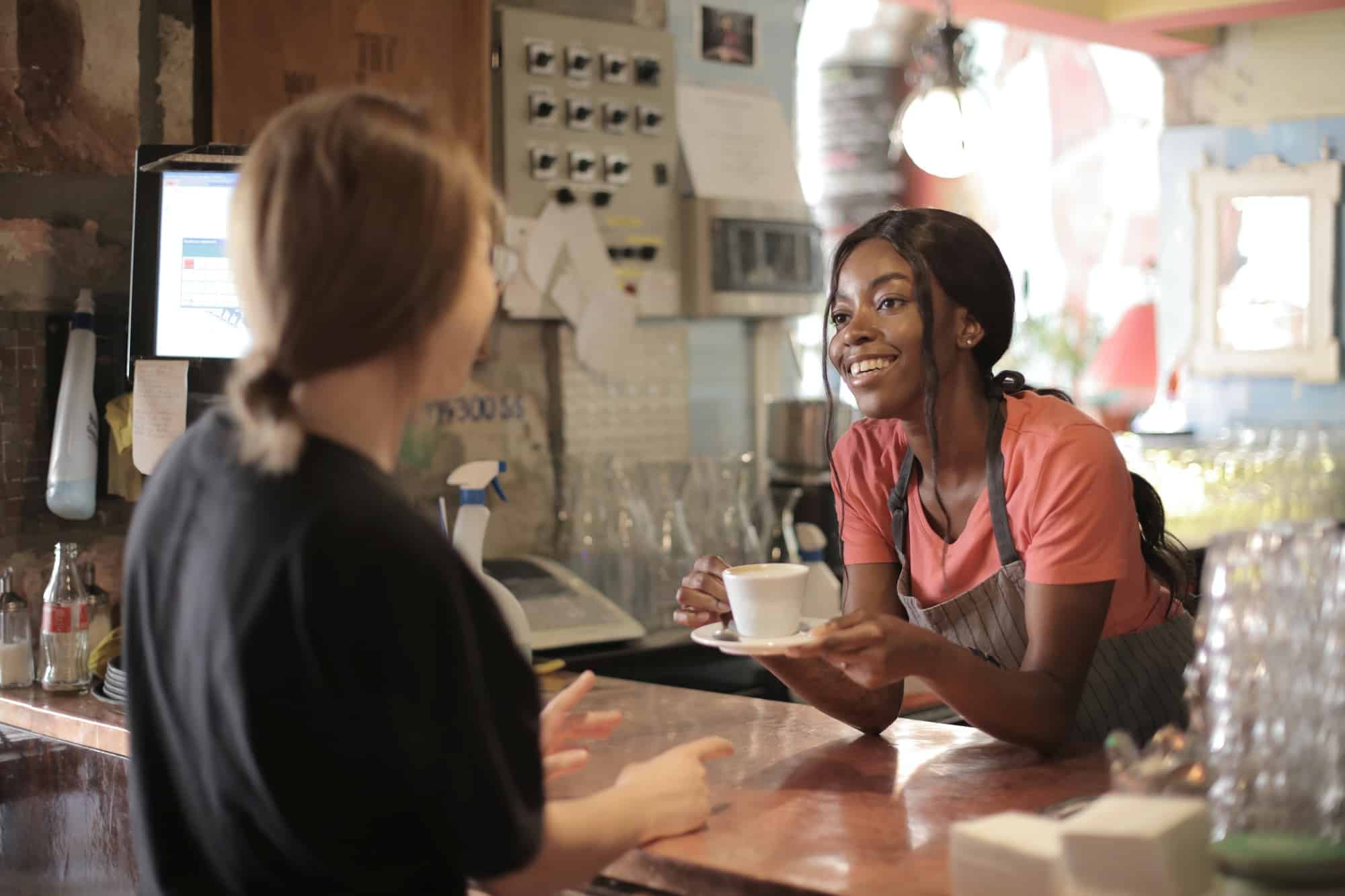Since its launch in 2010, the ‘Gram has evolved from a pretty straight-forward photo album app into a full-fledged, worldwide popularity contest and marketing machine. Likes have been feeding addicted egos and throttling society’s self-esteem for years now, but that all might be coming to an end… sort of.
Instagram is currently hiding likes for some users in a handful of countries including Canada, Ireland, Italy, Japan, Brazil, Australia and New Zealand. This social experiment represents a MASSIVE change to how Instagram functions, and the existential context of how its users engage with it. The number of likes a post gets has long been a status symbol on the platform which has launched the careers of influencers and helped generate revenue for brands both big and small.
So why the sudden change of heart (see what I did there)? Ostensibly, it has something to do with mental health and the well-being of our culture yadda-yadda. Mark Zuckerberg signified his newfound, lab-grown human emotion back in 2018 when he wrote, “We feel a responsibility to make sure our services aren’t just fun to use, but also good for people’s well-being. So we’ve studied this trend carefully by looking at the academic research and doing our own research with leading experts at universities. The research shows that when we use social media to connect with people we care about, it can be good for our well-being. We can feel more connected and less lonely, and that correlates with long term measures of happiness and health.”
Yes, studies have found that Instagram is the most detrimental social networking app for young people’s mental health, such as negatively impacting body image. But what about economic health? What about the well-being of brands and influencers who have adopted Instagram as a key platform for success? After all, likes have been so coveted among brands and influencers, that some shelled out money for them. What happens when this form of social currency just… goes away?
While it’s true that Instagram Stories don’t have any public metrics, that hasn’t stopped it from exploding in popularity with both users, brands, and influencers. In fact, brands generally care more about reach and engagement rates than they do followers, and it has become customary for them to ask for screenshots of influencers’ engagement metrics to see how effective they really are. So if the superficial popularity contest is going away, how will this affect the nature of the content itself?
Some believe this shift will encourage users to post content with more authenticity. Previous strategies – such as scheduling specific times / days to post – now becomes less relevant and therefore, more liberating for users. In order to optimize their Instagram engagement, brands and influencers have had to consider a long list of tips and tricks that, quite frankly, sucks the joy out of breathing. Without likes, the platform feels less like a popularity contest between professional influencers with carefully-curated aesthetics, and average people who use the app to share their lives with family and friends.
I decided to get our very own social media manager, Aylin, to offer her two cents on the matter, and she seems to agree with the above sentiment: “I think it’s great because people will post more authentically (people being both brands and influencers). Real will be IN, and forced / staged photos will be OUT… hopefully!”
However, this potential shift may not be as drastic as it seems. While the ongoing test removes the total number of likes on photos and videos on the main feed, profiles and permalink pages, the owner of the account can still see their own likes. When someone you follow has liked someone else’s photo, it will say “[name of Instagram account] and others” under the post where likes would typically appear. Users can then click to see a list of the users who have liked it, and although they won’t see a number saying exactly how many, they can still get a pretty good idea of volume. A truly “authentic” version of Instagram would render all metrics entirely anonymous so that all that mattered was the quality of the content, but now we’re veering toward total madness, right?
If this game-changer actually rolls out globally, here’s how brands can survive this brave new world:
• Brands would become more reliant on influencers to share first-party analytics to understand content performance.
• Content platforms within Instagram (Stories, IGTV, Shoppable IG) will provide actionable metrics such as swipe-ups and purchases — allowing brands to track performance as well as calculate ROI.
• Alternate behavioral metrics, such as video completion, must be valued.
• Video completion means high-quality content (that isn’t explicitly engineered to game engagement metric) must be produced.
• With production of quality content and creative becoming more important than ever, it’s crucial for brands to partner with agencies and creators who know how to make an impact. Giant Propeller’s Agile Marketing Program is perfectly suited for this shift.
Time will tell whether or not Zuckerberg’s social empire is actually pivoting toward authenticity and human connection, or if everything will remain business as usual. No matter where the dice may land, brands and influencers alike need to understand that, like Thanos, change is inevitable. Now’s the time to start planning for additional ways to optimize the Instagram experience, or risk getting left behind in the dust of digital progress…


